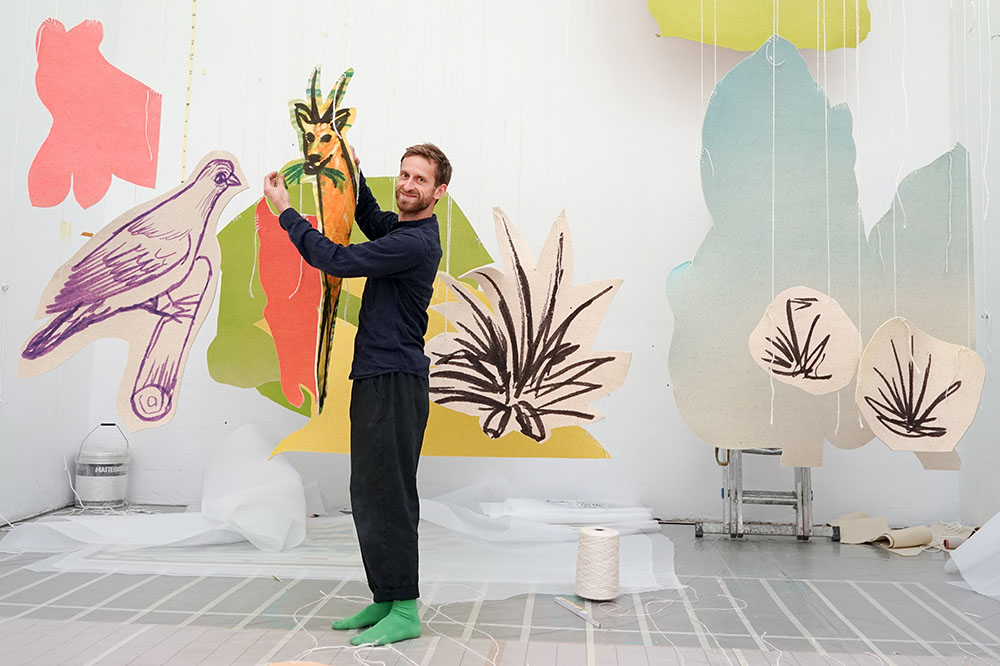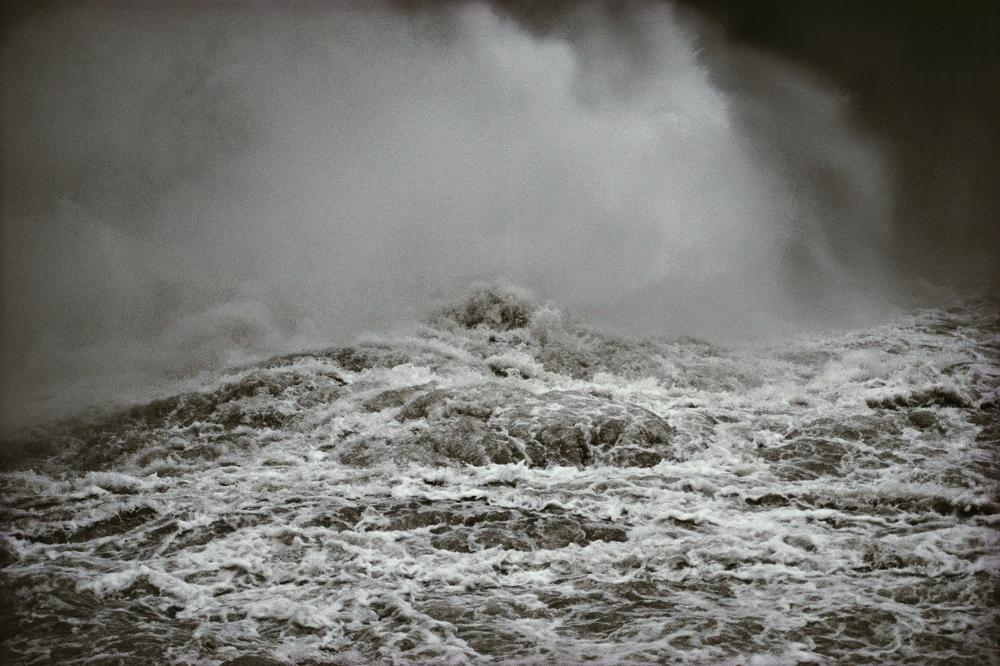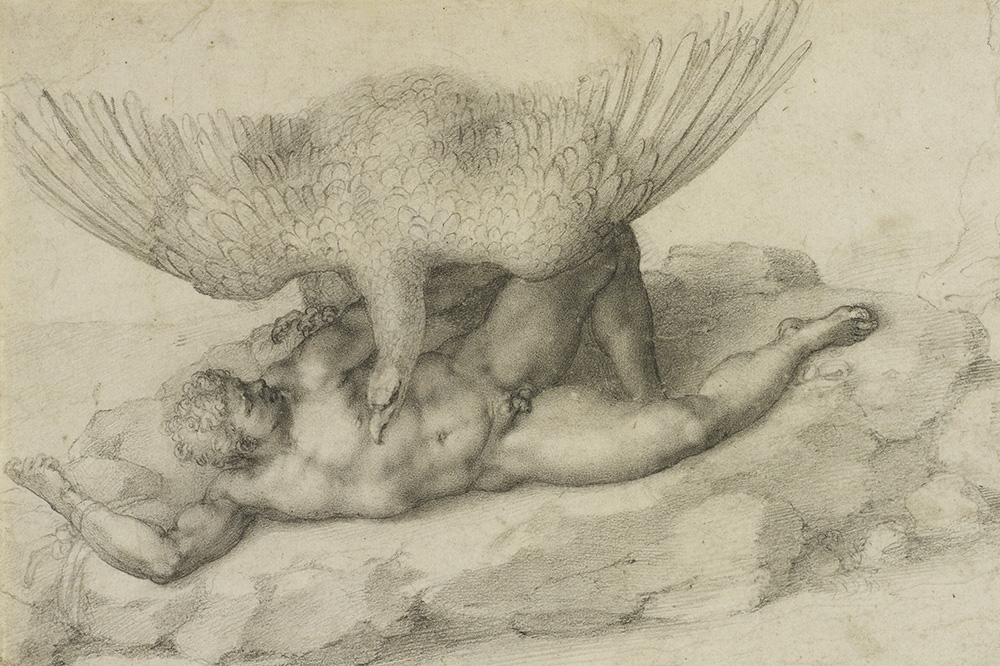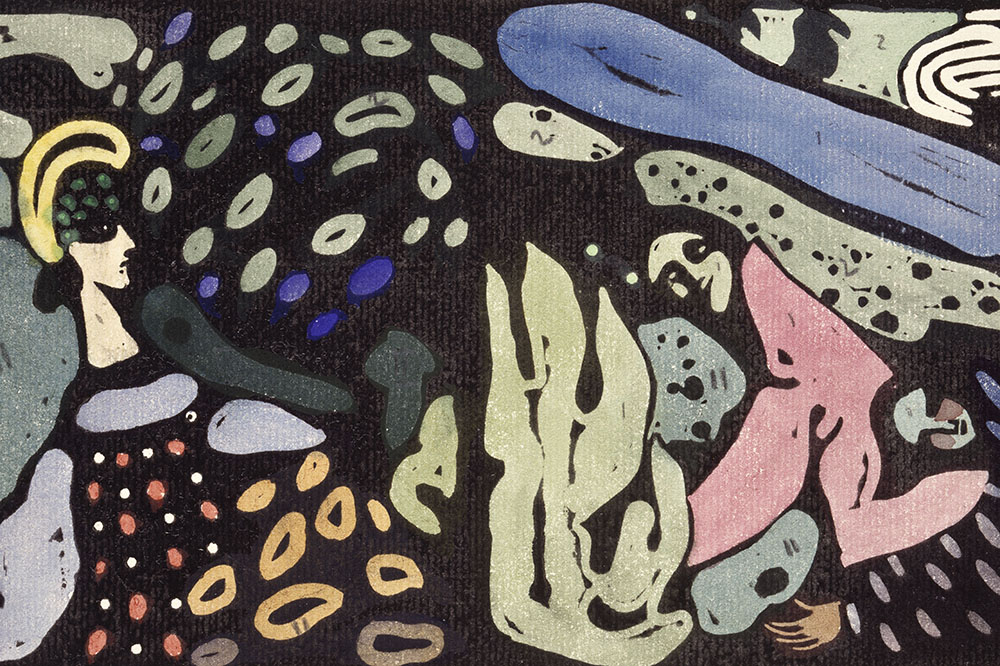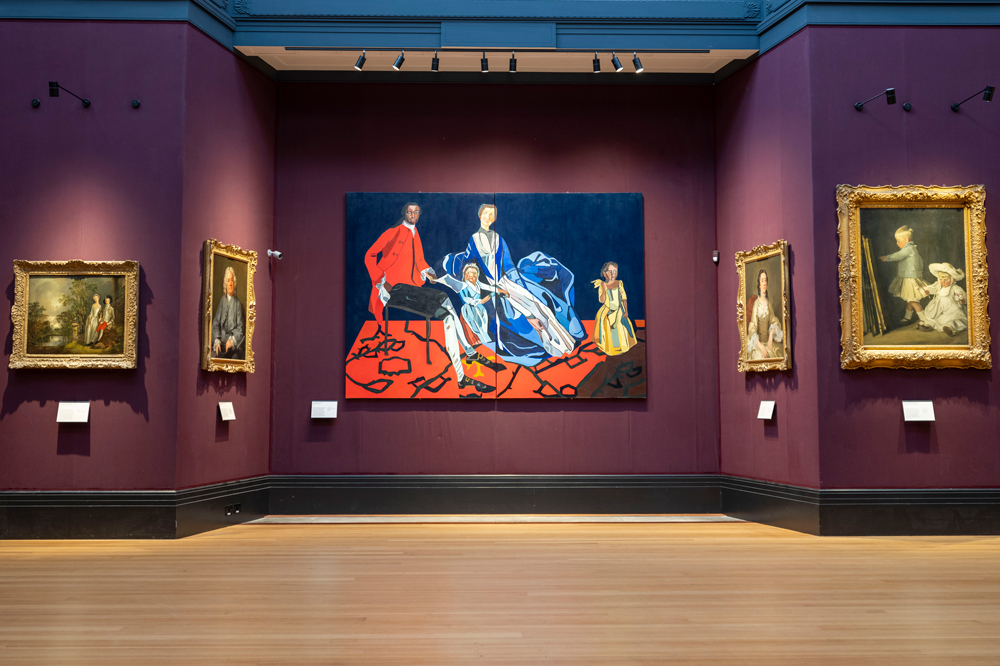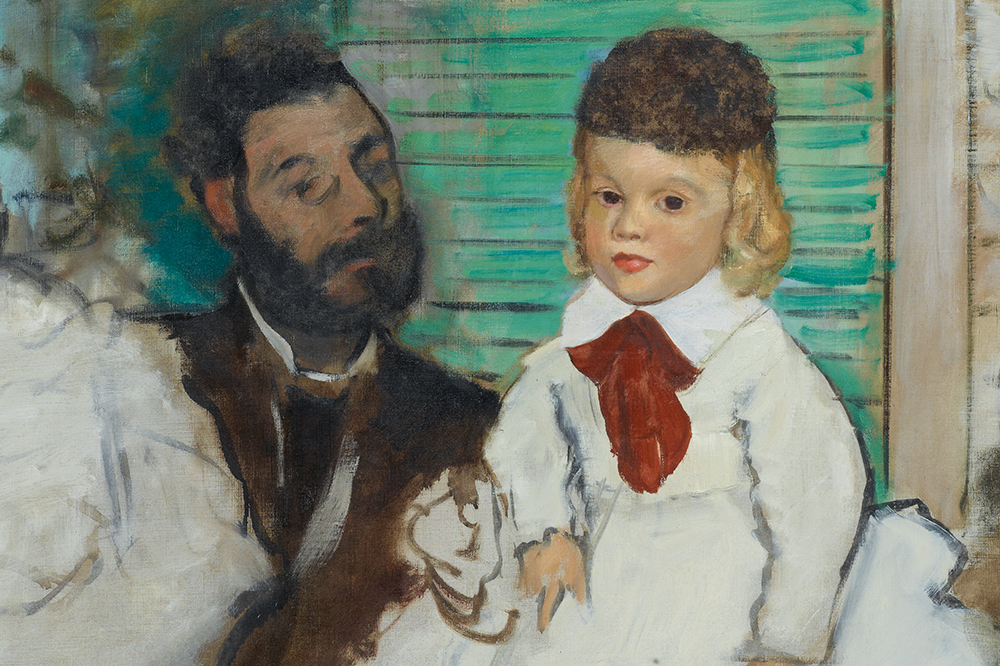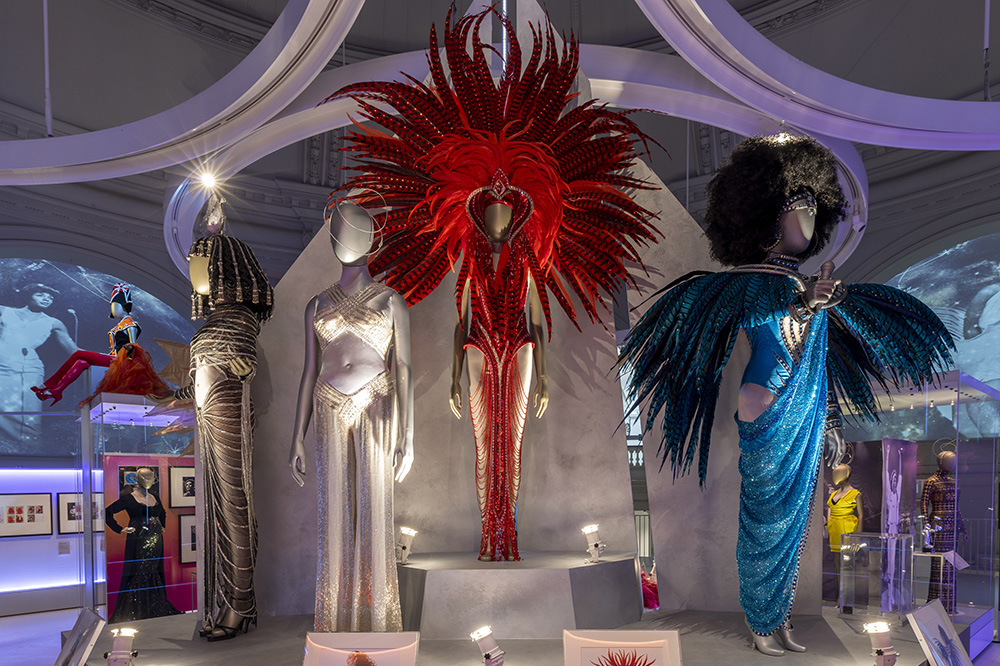Amnesty International has released a report saying that hundreds of people were killed in a massacre on 28 and 29 November in the town of Axum in the Tigray region of Ethiopia. Basing its report on phone interviews with inhabitants of Axum and face-to-face interviews with refugees in Sudan, Amnesty’s director for the region says the actions of Eritrean troops may ‘constitute crimes against humanity’. Axum is a Unesco World Heritage site known for its archaeological ruins and for its religious significance. Amnesty’s findings would seem to agree with an Associated Press report published last week in which the deacon of the Church of St Mary of Zion – the most important Orthodox church in Ethiopia – spoke of the mass killing of people who had sought shelter there. The Ethiopian government has not yet responded to Amnesty’s specific allegations.
The Swiss government has confirmed that museums will be among the first institutions to reopen after the easing of the country’s lockdown restrictions on 1 March. Meanwhile in the United Kingdom, museums will have to wait until 17 May at the earliest, when they will be allowed to reopen in the third stage of easing, five weeks after shops, libraries and gyms.
Experts have confirmed that a message written in pencil on the canvas of The Scream is indeed by Edvard Munch himself. A team of researchers at the National Museum of Norway have been able to identify the inscription, which reads ‘Can only be the work of a madman’, as being in Munch’s handwriting. The message was first noticed in 1904, but until now it has not been known whether it was the work of Munch or the graffiti of an outraged viewer. Mai Britt Guleng, a curator at the museum, told Apollo that the ‘ironic comment’ was a means of Munch ‘taking back control’ in the face of speculation over his mental health.
The National Gallery in London and the Hugh Lane Gallery in Dublin have added two more paintings to the list of works shared between the museums as part of the Hugh Lane bequest. The 39 paintings, which were left to the National Gallery in Lane’s will, but to Dublin in a signed but unwitnessed codicil, have been the subject of dispute since Lane’s untimely death on the Lusitania in 1915. In recent years, 27 paintings have been on a long-term loan to Dublin, while a further eight have rotated on a six-year cycle in two groups between both institutions. The ten paintings will now spend five years in each city in two rotating groups.
Lead image used under Creative Commons Attribution 3.0 Unported licence
Unlimited access from just $16 every 3 months
Subscribe to get unlimited and exclusive access to the top art stories, interviews and exhibition reviews.


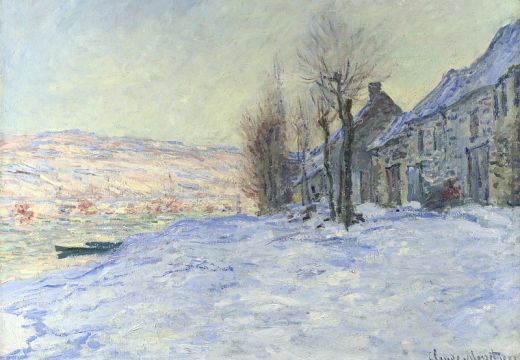

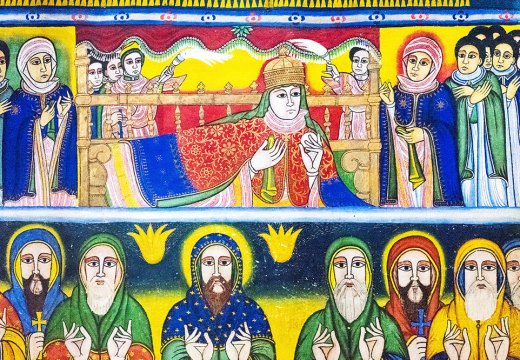









![Masterpiece [Re]discovery 2022. Photo: Ben Fisher Photography, courtesy of Masterpiece London](http://www.apollo-magazine.com/wp-content/uploads/2022/07/MPL2022_4263.jpg)
